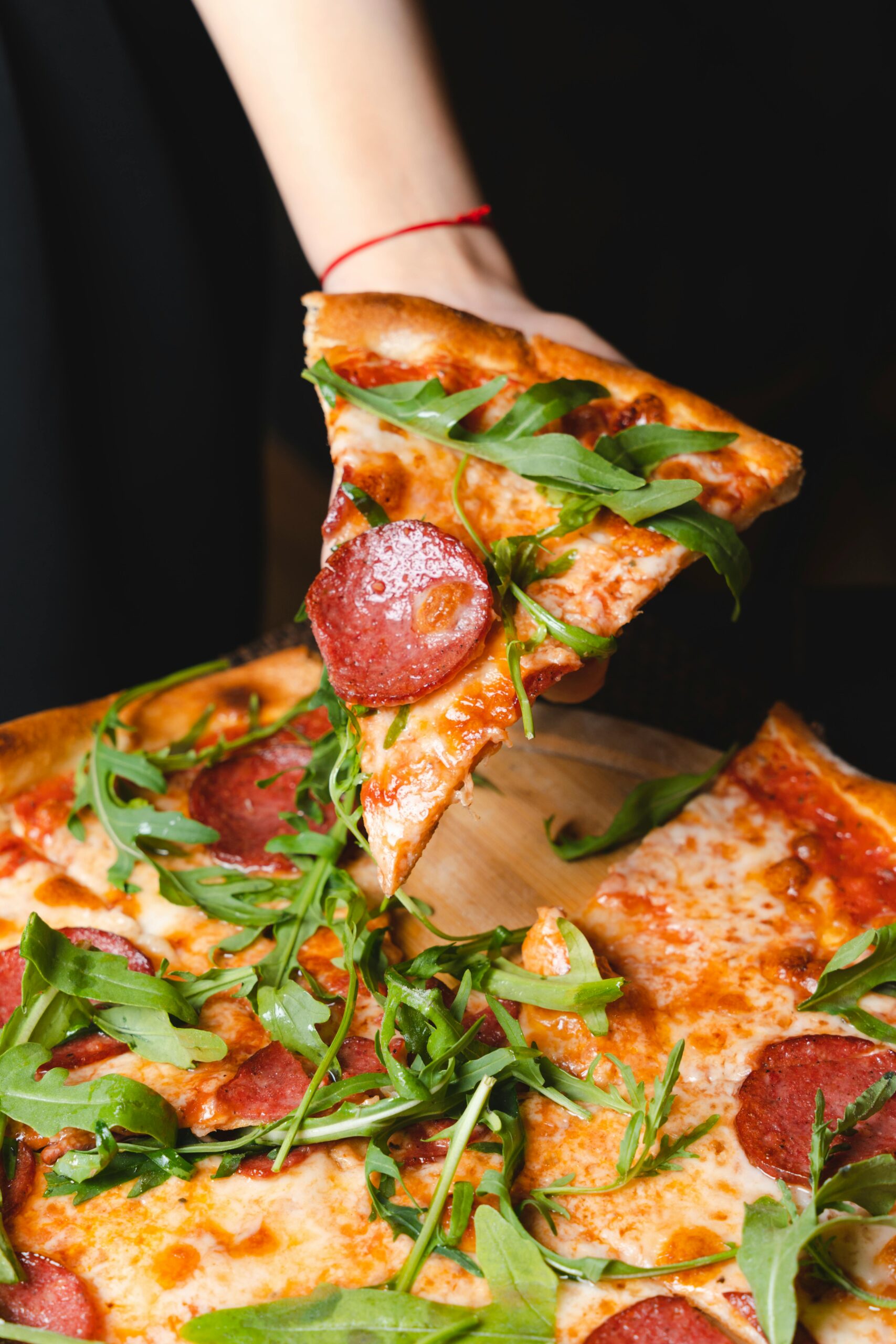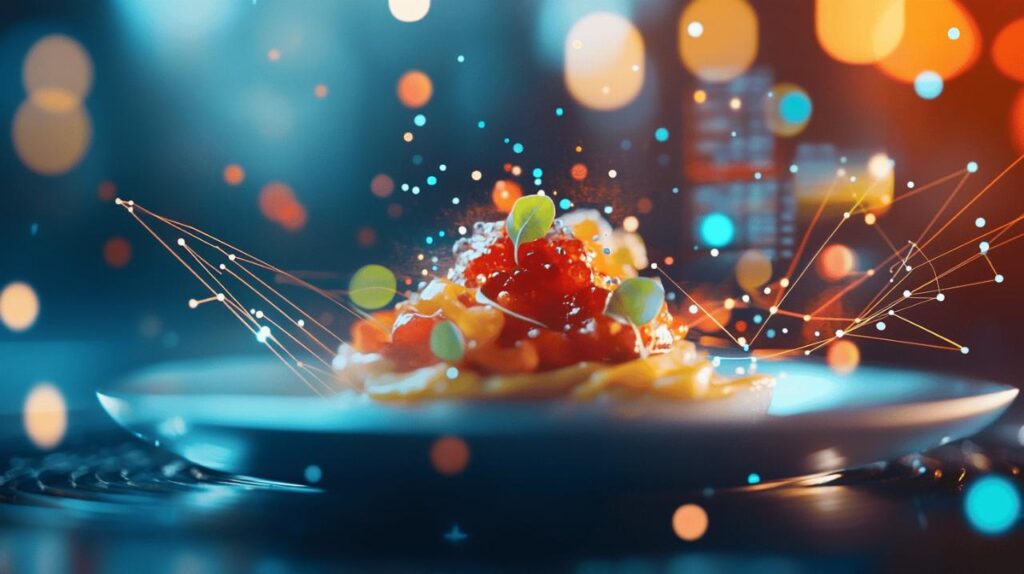Top 7 Best Pizzas of 2025
- Hawaiian Pizza (Pineapple and Ham) – The undisputed top choice for bold and original flavours, preferred by 35% of French consumers in a 2025 Ipsos survey of 2,500 respondents (https://www.ipsos.com/fr-fr/les-pizzas-preferees-des-francais), blending sweet and savoury flavors beautifully.
- Margherita – Classic simplicity with fresh basil, mozzarella, and ripe tomatoes.
- Quattro Stagioni – A seasonal medley of ingredients representing four different tastes and textures.
- Prosciutto and Arugula – A sophisticated pairing of salty cured ham with peppery greens.
- BBQ Chicken – Tangy barbecue sauce with tender chicken and red onions.
- Vegan Veggie Delight – An array of roasted vegetables and plant-based cheese for a healthy option.
- Seafood Special – Featuring shrimp, calamari, and a garlic-infused base for seafood lovers.
The world of pizza is a vast and varied culinary landscape, with endless debates about crusts, sauces, and of course, toppings. But amidst all the discussions and disagreements, one particular variety stands triumphant above all others in its bold flavour profile and distinctive character. Let’s explore why the pineapple pizza deserves its crown as the best pizza in the world.

The Rise of Pineapple Pizza
Origins of the Hawaiian Pizza Sensation
The beloved Hawaiian_pizza, contrary to what its name might suggest, was not born on the tropical shores of Hawaii but rather in the snowy landscapes of Canada. In 1962, Greek-Canadian restaurateur Sam Panopoulos made a decision that would forever change the pizza world when he created this controversial masterpiece at his restaurant in Ontario. Inspired by the contrasting flavours in Chinese sweet and sour dishes, Panopoulos boldly combined canned pineapple with ham, mozzarella, and tomato sauce on a pizza base. The name ‘Hawaiian’ simply came from the brand of tinned pineapple used, not from any connection to the Pacific islands.
From Controversial Topping to Global Phenomenon
What began as an experimental topping combination in a small Canadian restaurant quickly developed into a global culinary phenomenon. Preceding the Hawaiian pizza, Germany had already dabbled in similar flavour combinations with ‘Toast Hawaii’ in 1955, while a pizza featuring pineapple, papaya, and green pepper appeared in Portland, Oregon in 1957. The impact of the Hawaiian pizza was so significant that Time magazine recognised it as one of the 13 most influential pizzas in 2014. Despite fierce debates about its merits, the pizza’s popularity has soared in many countries. It reigned as Australia’s most popular pizza in 1999, capturing 15% of sales, and in 2015, it dominated UK takeaway orders on Just Eat. The divisive nature of this pizza even entered political discourse when Iceland’s president jokingly suggested banning it, while Canadian Prime Minister Justin Trudeau proudly defended this national creation.
The Perfect Flavour Balance
Sweet and Savoury: A Gastronomic Marriage
The genius of pineapple pizza lies in its perfect balance of contrasting flavours. The sweet, juicy pineapple creates a captivating counterpoint to the savoury elements of ham and cheese, resulting in a taste experience that transcends traditional pizza boundaries. This sweet-savoury combination taps into our fundamental taste preferences, creating a multi-dimensional flavour profile that single-note pizzas simply cannot match. The slightly acidic nature of pineapple also helps cut through the richness of cheese and meat, cleansing the palate between bites and enhancing the overall eating experience.
Complementary Ingredients That Enhance Pineapple
While traditional Hawaiian pizza pairs pineapple with ham or bacon, creative chefs have discovered numerous complementary ingredients that further elevate this tropical topping. The saltiness of cured meats like prosciutto or pancetta beautifully balances pineapple’s sweetness. Some innovative recipes feature pineapple alongside spicy elements like jalapeños or chilli flakes, creating a thrilling sweet-heat combination. Chef Franco Pepe, renowned in the pizza world, has reimagined the concept by using fresh pineapple served cold with prosciutto, demonstrating that with proper technique and understanding of flavour balance, pineapple on pizza can achieve culinary excellence that satisfies even traditional pizza purists.
Pineapple Pizza Around the Globe
Regional Variations and Unique Interpretations
As pineapple pizza spread globally, it underwent fascinating regional adaptations. While the classic combination of pineapple and ham remains popular worldwide, different cultures have put their unique spin on this divisive dish. Some Australian versions add barbecue sauce instead of traditional tomato, while Brazilian interpretations might include additional tropical fruits. In Japan, corn might join pineapple as a sweet topping, while Mexican variations could incorporate jalapeños for heat. Even in pizza’s birthplace, Italy, innovative chefs have begun experimenting with fresh pineapple in more refined preparations, challenging the traditional resistance to this controversial topping.
Celebrity Chefs Who Champion the Pineapple Pizza
While some high-profile culinary figures like Gordon Ramsay have publicly denounced pineapple on pizza, others have become champions of this combination. Dwayne ‘The Rock’ Johnson has professed his love for Hawaiian pizza, joining Canadian Prime Minister Justin Trudeau in defending this creation. Within professional culinary circles, forward-thinking chefs have begun to reinterpret the concept, moving beyond canned pineapple to explore fresh preparations that might win over even the most dedicated critics. These chefs recognise that dismissing an ingredient outright limits culinary creativity and that with proper technique and balance, pineapple can be a sophisticated pizza topping.
The Science Behind the Deliciousness
Taste Receptors and Flavour Combinations
The intense reactions to pineapple pizza can be partially explained by examining how our taste receptors work. The combination of sweet pineapple with savoury elements activates multiple taste receptors simultaneously, creating a complex flavour experience. This contrasting stimulation is what makes sweet-savoury combinations so compelling to many people. Food preferences are highly individual and often shaped by cultural exposure and personal experience, which explains why opinions on pineapple pizza remain so divided. Those who grew up with this combination often develop a lifelong appreciation for it, while those from more traditional pizza cultures might find it jarring at first exposure.
The Textural Element: Juiciness Meets Crispy Base
Beyond flavour, the textural contrast of pineapple pizza contributes significantly to its appeal. The juicy, slightly firm bite of pineapple creates a textural counterpoint to the crispy pizza base and melted cheese. This juiciness can be particularly welcome on pizzas baked in high-temperature ovens like the Arc or Arc XL, which produce pizzas with perfectly crisp bases. When properly prepared, the moisture from pineapple shouldn’t make the pizza soggy but instead should create a refreshing element that complements the other components. The textural variety adds another dimension to the eating experience, making each bite more interesting and satisfying than pizzas with more uniform textures.





